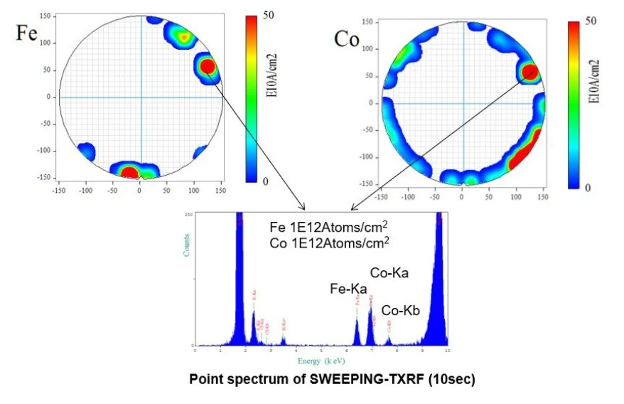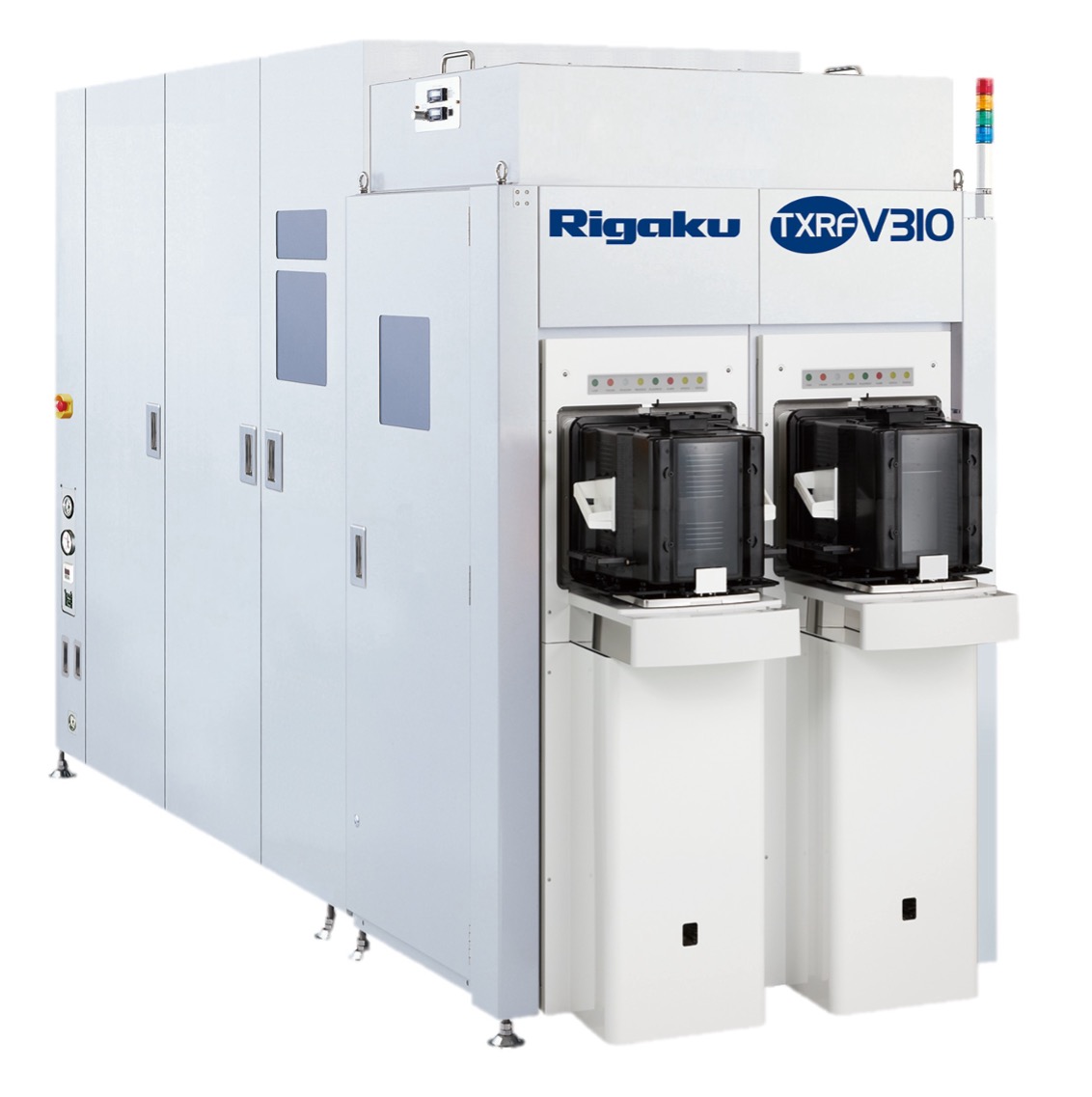Total Reflection X-ray Fluorescence (TXRF)

TXRF is a surface sensitive elemental analysis technique used to determine the concentration of trace metal contamination on wafer surfaces.
Strengths
- Ultra-trace sensitivity (down to 1E10 atoms/cm²)
- Non-destructive wafer surface analysis
- Minimal sample preparation
- High throughput with automated wafer handling
- Excellent repeatability and reproducibility
- Wide elemental range (Na to U)
- Contamination mapping and site-specific measurement
Limitations
- Primarily surface-sensitive; not for bulk analysis
- Requires flat, reflective wafer surfaces
- Interference from thick films or rough surfaces
- Limited lateral resolution compared to microscopy techniques


